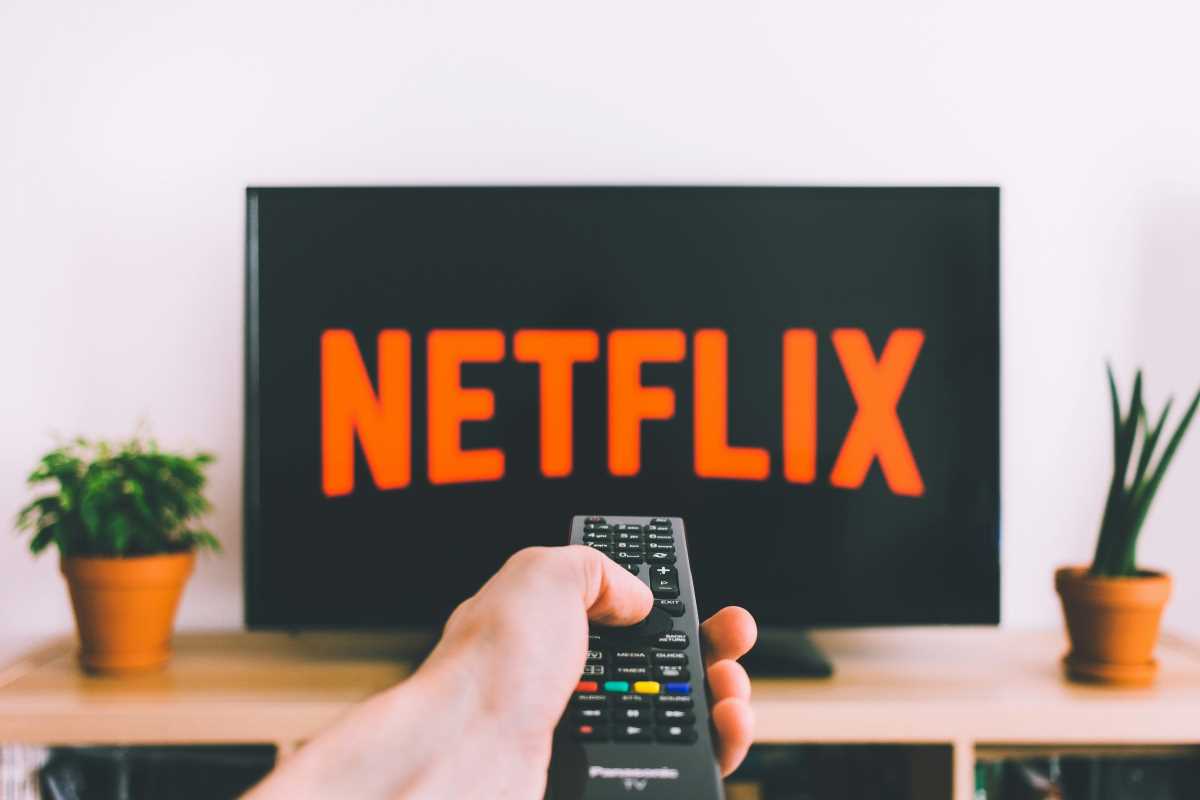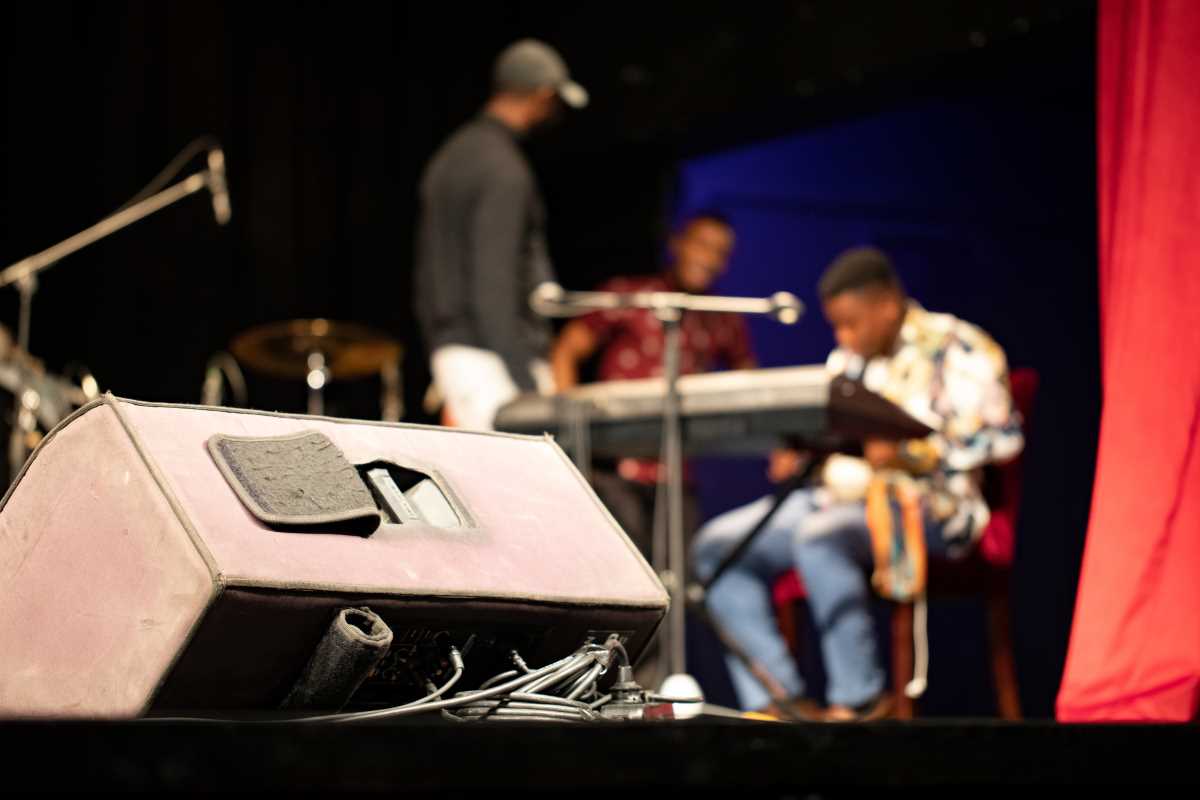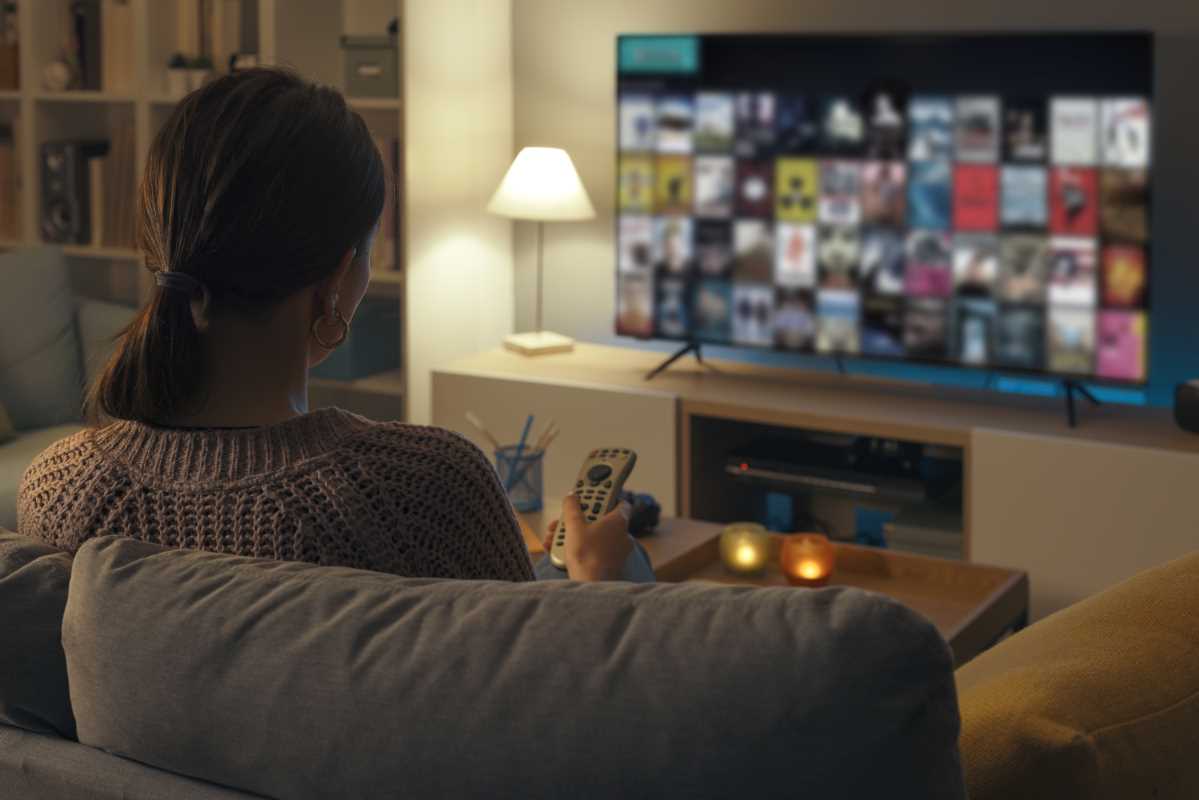Digitally altered videos and audio files—often called deepfakes—have introduced new questions about what is real in film, TV, and online content. This form of digital manipulation, powered by artificial intelligence, can blur boundaries between authentic and fabricated material. As these novel creations grow more convincing, trust in what audiences see and hear has been challenged. A closer look at how these digital tricks are made, how experts are learning to spot them, and what this means for consumer confidence helps illuminate the way forward. This guide examines recent advances in spotting these illusions and explores the broader impact on how people perceive information in both entertainment and news.
Understanding How Deepfakes Are Made
Synthetic video and audio files are generated using deep learning, a branch of AI that excels at recognizing and recreating complex patterns. One of the most common techniques relies on generative adversarial networks, known as GANs. These systems pit two neural networks against each other:
- The Creator: This network is programmed to produce images or video frames. By studying thousands of pictures and clips of a person, it learns how to create look-alikes, mirroring nuances in movement, voice, and expression.
- The Inspector: This network acts as a gatekeeper. Trained to tell real from fake, it challenges the creator to constantly improve its output.
Through repeated cycles, the creator tries to outsmart the inspector, resulting in highly believable fake media. What started as film industry special effects is now widely accessible, used for both lighthearted memes and more questionable purposes.
Techniques Used to Expose Deepfakes
As digital imitation techniques advance, professionals and researchers are creating new tools to help separate fiction from reality. Detection involves studying files for hints that may escape detection by the human eye.
Spotting Digital Clues
Some altered videos or images contain visual flaws, especially earlier creations. Automated tools look for these small giveaways.
- Lighting and Head Orientation Issues: Superimposed faces sometimes fail to match the lighting or angles of the rest of the video. Software analyzes these elements for inconsistencies.
- Unusual Eye and Blink Patterns: Eye movement, especially blinking, has distinct rhythms for most people. Early forgeries often got this wrong, so algorithms may scan for unnatural patterns or lack of randomness.
- Blurred or Warped Edges: Where the synthetic face meets hair, neck, or background, slight blurring or awkward transitions may appear. Editors and algorithms both check for these indicators.
Using Biological Signals
Sophisticated checks go beyond visual clues. They focus on human traits that are difficult to copy.
- Pulse Detection with PPG: Cameras can pick up minute shifts in facial coloration as blood pulses through the skin. If these subtle changes are missing, a recording might be inauthentic.
- Genuine Expressions: Real smiles or other emotions involve specific muscle groups. AI-generated faces may overlook these small movements, leading to expressions that don’t seem quite right.
Fact-Checking Content
Another way to verify authenticity relies on context and logic.
- If a public figure seems to promote something inconsistent with their beliefs, automated systems may flag the file for further review or cross-check.
- Fact-checking tools are starting to look at both what people say and how images line up with known facts.
What Deepfakes Mean for Trust in Media
The emergence of this technology brings real consequences for trust in media.
Audiences Lose Confidence in Visuals
A major effect is growing doubt about the truth of video and photo evidence. Once people understand how easily material can be altered, skepticism increases. In entertainment, this might cause confusion, but in reporting and documentaries it can make it hard to know what to believe. Even real videos might be dismissed as fake, further confusing viewers and weakening confidence in fact-based reporting.
New Hurdles for News Production
As news and shows with a documentary style increasingly use footage as evidence, producers cannot rely only on surface inspection. Verifying authenticity now often demands the extra steps of investments in both technology and quality control. As a result, confirming a story’s accuracy can become more complicated or take longer than before.
Legal and Ethical Considerations
Questions around usage rights, consent, and representation have become more pressing. For example, artificially recreating a performer’s appearance without their approval raises legal and professional issues. Industry organizations are developing new standards and protections, aiming to ensure content is produced responsibly and that the rights of those depicted are respected.
Looking Ahead: Strengthening Trust
With each leap in digital manipulation, better detection strategies are needed. This cycle creates a constant push for improvement on both sides.
A few promising responses include:
- Developing Validation Standards: Groups like the Content Authenticity Initiative (CAI) are working to certify media origins. Inspired by digital watermarks, these standards help trace content back to its original source and document any changes.
- Building Public Awareness: Teaching basic skills for critical viewing and sharing knowledge about these techniques can help consumers spot suspicious content. Media literacy programs that encourage checking sources and questioning outliers are key defenses.
At the heart of lasting trust in entertainment and news is a commitment to transparency and ethics by creators and distributors. Openly disclosing how AI and editing tools are used and supporting efforts to prevent deceptive creations are essential steps. As synthetic media grows in popularity, responsibly managing its use remains vital for safeguarding the integrity of content and maintaining audience trust.
 (Image via
(Image via





